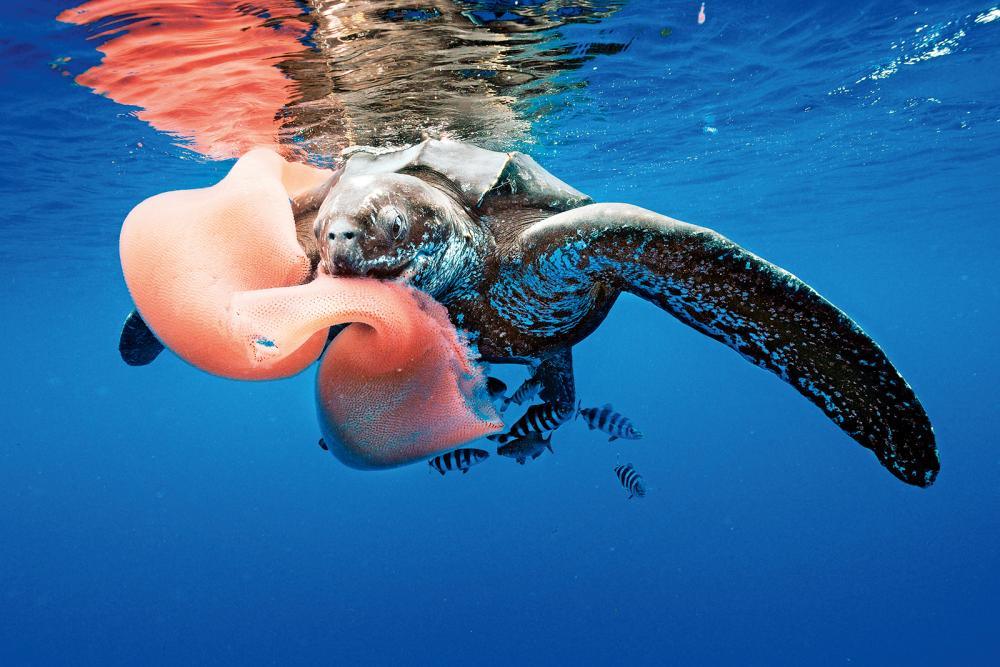
Discover 11 Fascinating Turtle Facts and Learn to Distinguish Between Them!
Turtles, these mesmerizing and ancient creatures, bring joy to any underwater encounter (if you're fortunate enough to come across one). With a history spanning over 200 million years and the ability to journey thousands of miles in their lifetime, turtles are a remarkable species. To satisfy your curiosity and prepare you for your next trivia night, we've assembled a collection of astonishing turtle facts. Continue reading to delve into 11 fascinating turtle revelations and gain insights into telling apart the seven distinct species.
Fascinating Turtle Insights
Turtles belong to one of the oldest reptilian groups, with origins stretching back more than 200 million years. All seven sea turtle species are classified as either endangered or threatened, emphasizing the urgency of their conservation. A mere one in a thousand turtle hatchlings survives to reach adulthood, underscoring the challenges they face. Diverse turtle species exhibit varied travel patterns; some, like leatherbacks, journey thousands of miles annually, while others like hawksbills prefer local habitats. Turtles have diverse dietary preferences, with most enjoying jellyfish and some indulging in sea grass, crustaceans, or sea sponges. The gender of turtle hatchlings is influenced by nest temperature, a remarkable biological adaptation. Turtles lack teeth, instead employing a beak to grasp their sustenance. Their shells consist of fused bones, creating a remarkably durable armor. The largest recorded sea turtle reached a staggering 2.5 meters (8.2 feet) in length and width, weighing over 900 kilograms (1984 pounds). Female turtles exhibit remarkable nesting behavior by returning to their birthplace to lay eggs. Turtles possess an innate sensitivity to Earth's magnetic field, aiding their navigation skills.
If you're yearning for an unforgettable encounter with turtles but need guidance on where to begin, explore our top 4 destinations for swimming with these magnificent creatures.
Differentiating Between Turtle Species
Distinguishing between the seven sea turtle species is a captivating pursuit. Here's a guide to help you discern their individual characteristics:
Green Turtle
Average Carapace (Shell) Size: 78-112cm/31-44in Average Weight: 68-190kg/150-419lb Habitat: Tropical and subtropical waters across the globe. Distinctive Traits: A greenish body hue with dark brown/black and yellow markings on the head and limbs, small head with one pair of prefrontal scales above the eyes, and an oval or heart-shaped shell adorned with large, non-overlapping scales.
Hawksbill Turtle
Average Carapace Size: 61-91cm/24-36in Average Weight: 45-68kg/100-150lb Habitat: Tropical and subtropical waters in the Atlantic, Pacific, and Indian Oceans. Distinctive Traits: Striking amber-colored shells with large overlapping scales, a pointed beak on a tapered head, and distinctive claws on each flipper.
Leatherback Turtle
Average Carapace Size: 130-183cm/51-72in Average Weight: 300-500kg/660-1100lb Habitat: Migration routes extending as far north as Canada, with nesting on tropical beaches. Distinctive Traits: Boasting the title of the world's largest turtle species, the leatherback features a single-piece shell with five ridges and dark skin with white or pink spots.
Loggerhead Turtle
Average Carapace Size: 90cm/35in Average Weight: 70-187kg/155-412lb Habitat: Tropical and temperate waters across the Pacific, Atlantic, and Indian Oceans. Distinctive Traits: Yellow-brownish skin, a red-brown heart-shaped shell, and a robust and sizable head, inspiring the species' name.
Flatback Turtle
Average Carapace Size: 76-96cm/30-38in Average Weight: 70-90kg/155-200lb Habitat: Coastal waters of Australia and Papua New Guinea. Distinctive Traits: Characterized by a smooth, dome-shaped shell with upturned edges, an olive-green or gray shell, head, and limbs, and a pale yellow underside.
Kemp’s Ridley Turtle
Average Carapace Size: 70cm/28in Average Weight: 32-45kg/70-100lb Habitat: Temperate to subtropical waters in the western Atlantic and Gulf of Mexico. Distinctive Traits: Recognizable by its triangular head, slightly hooked beak, large flipper claw, and gray-green circular shell.
Olive Ridley Turtle
Average Carapace Size: 60-76cm/24-30in Average Weight: 45-50kg/100-110lb Habitat: Thriving in tropical regions worldwide. Distinctive Traits: Adorned with an olive-green, heart-shaped shell, a smaller head, and a shell compared





